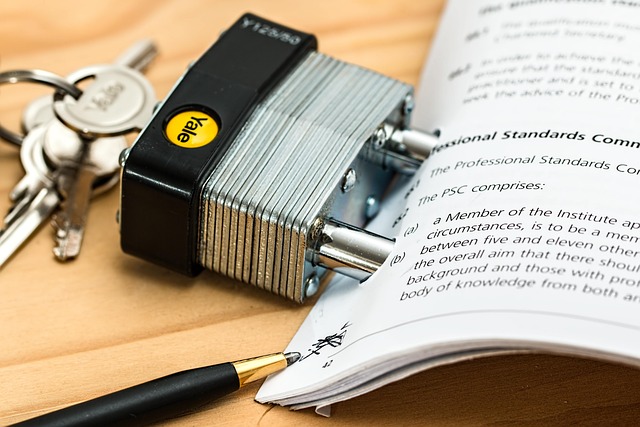
Rail Transport: A Journey Through Time and Tracks
Rail transport, often overshadowed by its road-bound cousin, is like the reliable friend who always shows up on time (unless there’s a cow on the tracks, of course). This mode of transportation utilizes wheeled vehicles running on tracks, typically made of two parallel steel rails. It’s a bit like a roller coaster but with fewer loop-de-loops and more commuters trying to find a place to sit. 🚆
Globally, rail transport accounts for about 8% of passenger and freight transport. Why, you ask? Well, it’s not just because trains have a cool whistle. It’s primarily due to their energy efficiency and ability to carry heavy loads with relative ease. Imagine trying to haul a family of five and all their luggage to the beach in a compact car. Now imagine doing it on a train. Much easier, right?
The Evolution of Railways
The story of railways isn’t just about steam engines puffing along the countryside. It dates back to antiquity when humans and animals powered rudimentary rail systems. Fast forward to the early 19th century in the UK, and voilà! The steam locomotive was born, kicking off the modern railway era. Suddenly, people could travel faster than ever before, and the phrase “Are we there yet?” became a lot more common.
How Rail Transport Works
At the heart of rail transport are the locomotives, which are like the superheroes of the train world, providing the necessary power. They come in diesel and electric varieties, each with its own set of pros and cons. Diesel locomotives are like the trusty workhorse, while electric ones are the sleek, eco-friendly option. Together, they help rail cars couple into longer trains, making them quite the efficient transport solution.
One of the significant advantages of rail transport is its lower frictional resistance compared to rubber-tyred vehicles. It’s like trying to push a shopping cart on a smooth floor versus on a carpet. The smooth tracks allow trains to glide along effortlessly, making long-distance travel more feasible and energy-efficient. Who knew tracks could be such overachievers?
Benefits of Rail Transport
- Energy Efficiency: Trains use less energy per ton-mile compared to trucks, which is great news for both the environment and your wallet.
- Safety: Rail transport has a lower accident rate compared to road transport, making it a safer option for passengers and freight alike.
- Capacity: Trains can carry a large number of passengers and cargo at once, which is especially helpful during holiday seasons when everyone decides to travel at the same time.
- Reduced Traffic Congestion: With more people opting for trains, road congestion can be significantly reduced, allowing you to enjoy that extra cup of coffee in the morning.
In Conclusion
Rail transport is not just a means of getting from point A to point B; it’s a testament to human ingenuity and the evolution of transportation. Whether you’re a frequent traveler or just someone who enjoys watching trains go by, there’s no denying that rail transport has a special place in our hearts (and schedules). So next time you hear that familiar whistle, remember the journey it represents—one of efficiency, innovation, and a bit of nostalgia. 🚂

















 Prefab Construction Companies in India
Prefab Construction Companies in India 
 Health
Health  Fitness
Fitness  Lifestyle
Lifestyle  Tech
Tech  Travel
Travel  Food
Food  Education
Education  Parenting
Parenting  Career & Work
Career & Work  Hobbies
Hobbies  Wellness
Wellness  Beauty
Beauty  Cars
Cars  Art
Art  Science
Science  Culture
Culture  Books
Books  Music
Music  Movies
Movies  Gaming
Gaming  Sports
Sports  Nature
Nature  Home & Garden
Home & Garden  Business & Finance
Business & Finance  Relationships
Relationships  Pets
Pets  Shopping
Shopping  Mindset & Inspiration
Mindset & Inspiration  Environment
Environment  Gadgets
Gadgets  Politics
Politics 